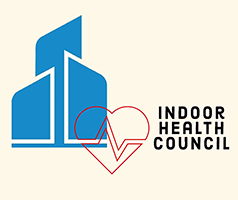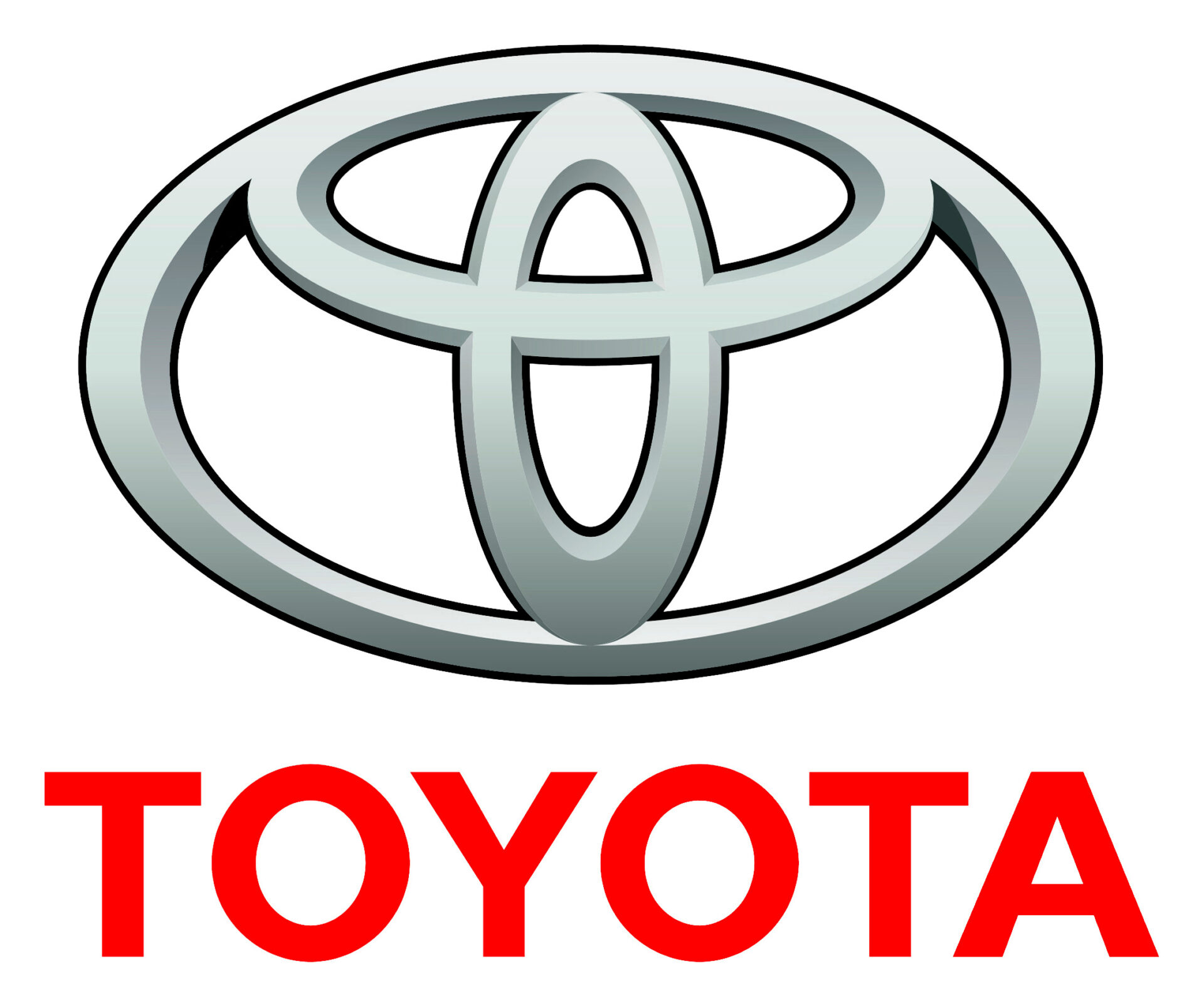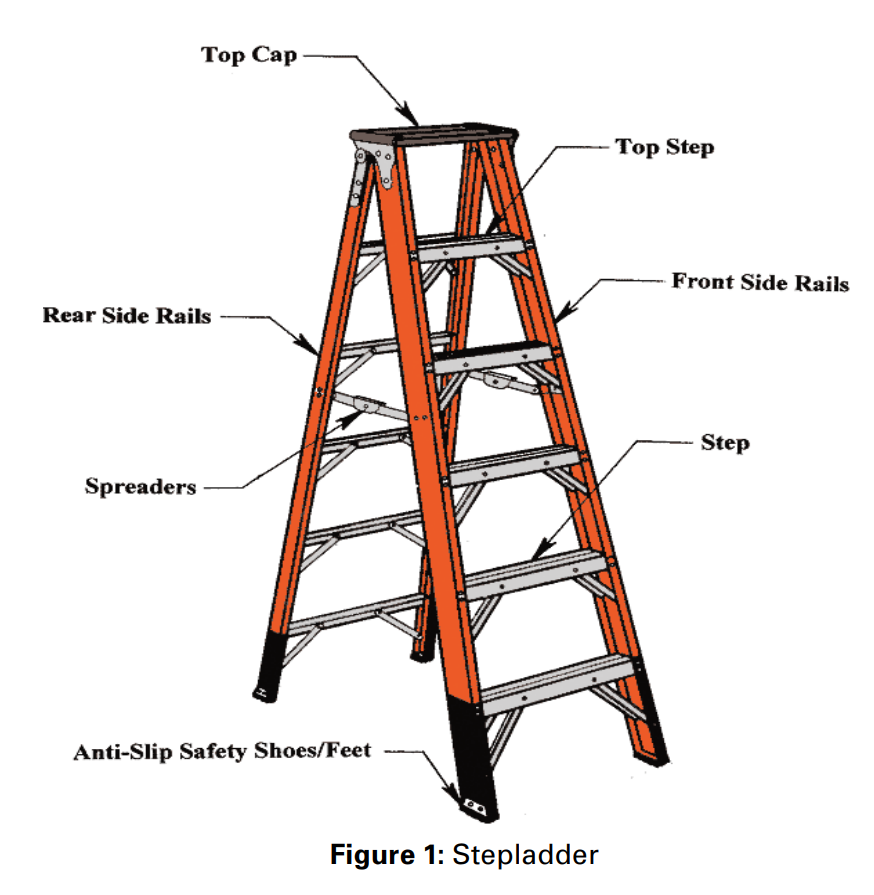ICM – Part One – Measuring Cleanliness
by R.W. Powitz
When we make changes in cleaning products, cleaning equipment or even cleaning systems, our decisions should be defensible. Just because something is “new and improved”, doesn’t necessarily mean that it is better.
A questionable housekeeping-related purchasing decision can have far reaching consequences through lowered customer satisfaction and poorer cleaning outcomes; not to mention the potential of increased cost and decreased manpower efficiency.
In this modern age when we watch every penny and when a professional error can result in serious litigation, we need to do everything possible to justify our actions. For these reasons, we need to compare what we have and already do to what we intend to change. In other words, we need to ask the questions: “Are we doing a reasonable job with what we have?”, and, “Is there a real benefit in what we propose?” Part of the answers lies in comparing some of the not-so-obvious cleaning outcomes through inspection and a simple series of experiments using measurements.
The concept of using measurement tools to validate our decisions really took off with the introduction of Integrated Cleaning and Measurement (ICM). ICM put measurement in the forefront to give us unbiased comparisons between one product and system to another. Basically, the measurement portion of ICM provides us with objectivity rather than a subjective opinion. It lets us compare new to old, before and after, and most importantly, good measurement can justify our decisions. As a bonus, measuring housekeeping outcomes can answer the question: “How clean is clean?” for customer satisfaction and economy.
For more information, visit www.sanitarian.com




